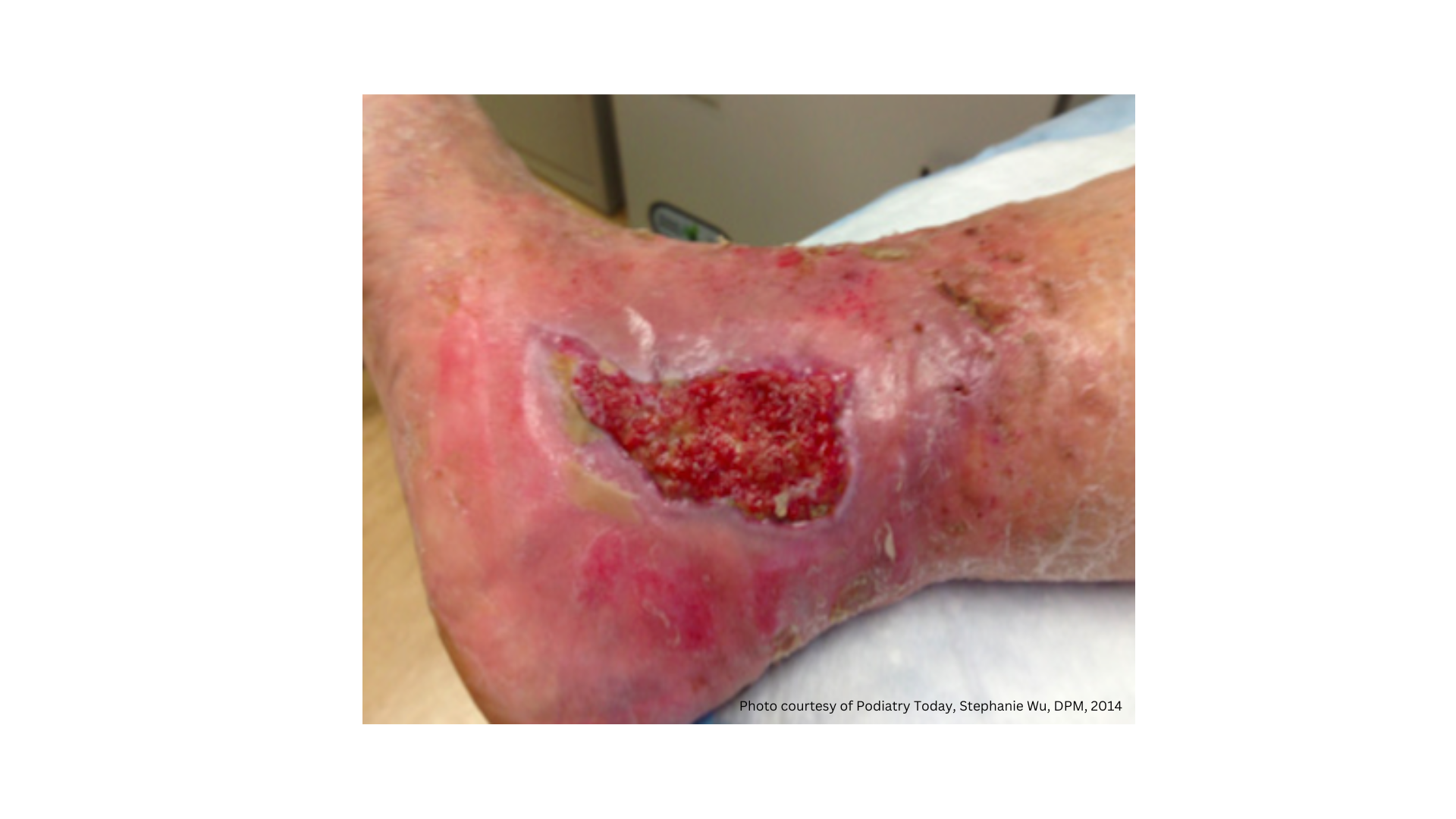Can You Hear Me Now? Communication Issues During COVID-19
October 1, 2020
Communication issues have arisen in the wound care world while providing care during the coronavirus disease 2019 (COVID-19) pandemic. Many of our older adult patients may already have hearing issues and rely on reading lips, which is impossible with the recent advent of masking and face shields. In addition to the masks, it is often difficult for patients to differentiate who is who when we are all in full protective gear. How can we make communicating with our patients less difficult during these trying times? Here are a few suggestions:
Communication Tips
Speak clearly and slowly. Although we may feel that we are clearly enunciating, we should actually speak even more clearly and more slowly than we did before because of the muffling created by masks. Again, remember that many of our older adult patients were actually watching our lips as we were talking to understand what we were saying. With masks, these patients have lost this essential aspect of understanding conversations. By slowing down our speech and paying close attention to our enunciation, we will increase the patient’s ability to understand what we are saying.
Increase your volume. Many of us were taught in school to watch our volume so we do not lead the patient to believe we are yelling at them. Unfortunately, with masks and face shields, if we use the same volume as before, our patients will most likely not be able to hear us. The sound of your voice has to penetrate the mask. You do not want to increase your volume to the point where you are yelling, but you do need to increase your volume above your normal level.
Face the patient when speaking. Now more than ever, it is vitally important to face your patient when speaking with them. This also includes caregivers. Many of us are used to delivering wound care and talking to the patient at the same time. When we are not facing the patient, who may be hard of hearing, the patient most likely will not even know we are talking to them. Not receiving an acknowledgment (which is addressed in the next item) or not having any questions raised, you may assume that the patient heard everything you said while you were delivering care, when in truth they never even knew you were speaking to them.
Affirm acknowledgment. To ensure that the patient has heard what you are telling them, ask them to repeat, in their own words, what you have said. This will ensure that the patient was able to understand what you have told them. This rule applies at all times, not only during masking. It is always good to ensure that the patient understood all the pertinent information from the visit.
Provide appropriate identification. Patients who are hard of hearing probably have the most difficulty with names. Even during care when we are not wearing masks, patients frequently misunderstand names. Find a way to identify yourself to the patient in a written manner, which can include handing them a card with the caregiver’s name(s) or writing the name(s) on a whiteboard (such as in a hospital room). Some facility staff members have started writing their names on their face shields, which is a great way for the patient to relate your name to your face.
Provide written instructions as appropriate. In the clinical setting, an effective way to ensure that the patient understands their care instructions is to provide written instructions. Make sure that the instructions are in lay terms that the patient or caregiver can understand. Many caregivers are no longer allowed to attend clinic visits or be present at discharge teaching. The written instructions provide an excellent aid to ensure that the patient or caregiver will follow the plan of care.
Resource
American Speech-Language-Hearing Association. Communicating effectively while wearing masks and physical distancing. https://www.asha.org/public/Communicating-Effectively-While-Wearing-Mas…. Accessed August 27, 2020.
About the Author
Cathy Wogamon, DNP, MSN, FNP-BC, CWON, CFCN is a Nurse Practitioner at the VA Medical Center in Lake City, Florida. She is the Wound Care Provider in the Out-Patient Clinic serving the Veteran Population of North Florida and South Georgia. Cathy is certified in wound, ostomy and foot care. In addition to her wound care experience, she also has experience in acute care, pediatrics, home health, long-term care and has served as a Professor of Nursing. Cathy’s passion for wound care began while she was working in the long-term care setting as an RN. She serves the veteran population as a memorial to her dad, a combat wounded WWII Veteran.
The views and opinions expressed in this content are solely those of the contributor, and do not represent the views of WoundSource, HMP Global, its affiliates, or subsidiary companies.












